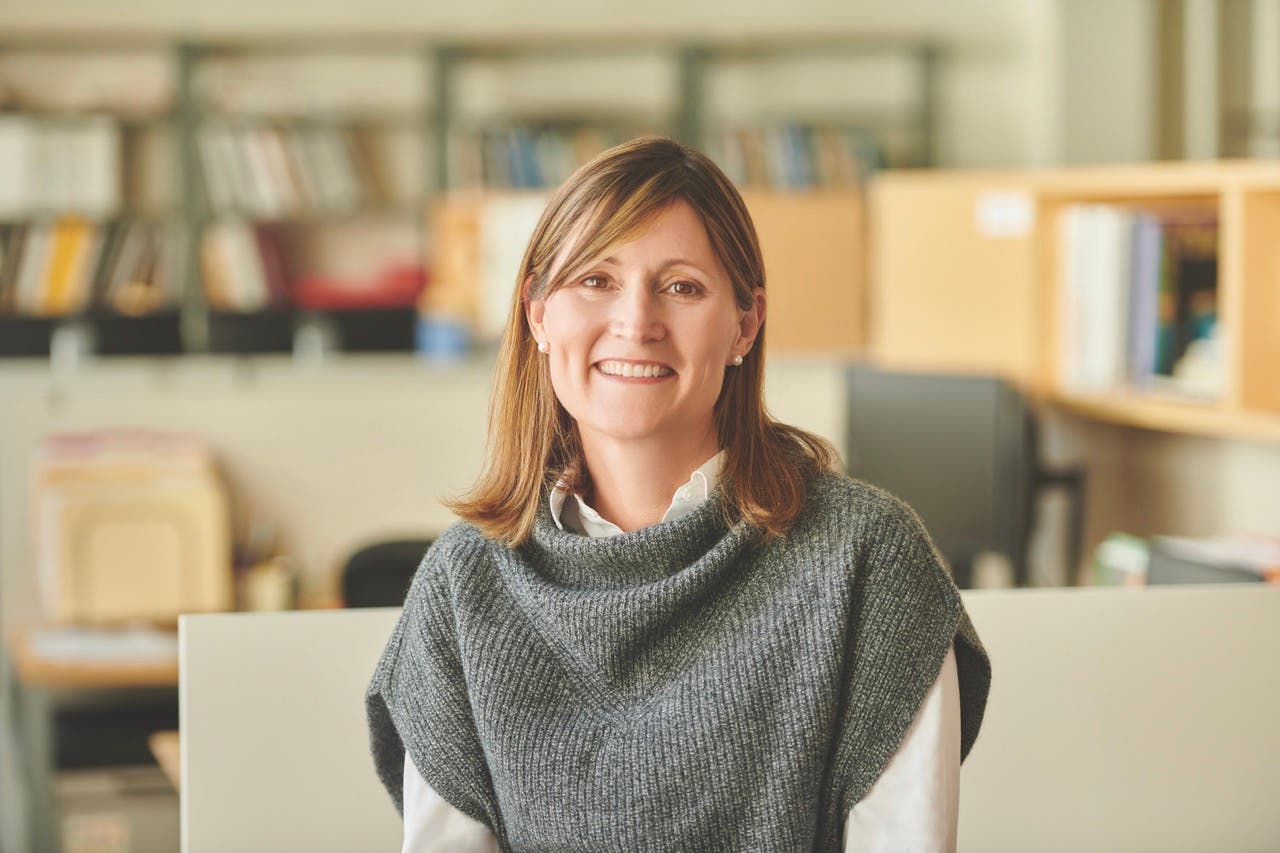
Features
The 25 – Carolyn Kiernat
A principal with Page & Turnbull in San Francisco, Carolyn Kiernat has had a hand in bringing life to many landmarks, including the Hotel Tioga in Merced, California, The Walt Disney Family Museum in the Presidio of San Francisco, the San Francisco Asian Art Museum, the Exploratorium at Pier 15, and the ACT Strand Theater.
Her work has impacted communities, spurring economic development and urban vitality, with projects that bring people together, enliven the streetscape, and create interesting new uses in sometimes unexpected places.
She and her team converted the Tioga, a late-1920s hotel in California’s central valley, into 70 market-rate apartments. The 2019 project, which made use of Federal Historic Tax credits, brought housing and retail to a downtown that was suffering economically, transforming it seemingly overnight.
The Walt Disney Family Museum, which is housed in a renovated 19th-century military barracks with a contemporary addition, increased tourism at the Presidio of San Francisco, an urban National Park, supporting its mission of financial independence.
And with a few strategic interventions initiated by project lead and principal John Lesak, her firm transformed a mid-century modern library into The Cheech Marin Center for Chicano Art & Culture, a world-class museum. Not only did the project support Riverside’s growing Chicano community, but it also made the world aware that “Chicano art is American art.”
It was Kiernat’s study of architecture and design that led her to the field of preservation and adaptive reuse. Kiernat, a member of the Urban Land Institute’s Redevelopment and Reuse Council and former member of the Sausalito Historic Landmarks Board, sees social equity and environmental resilience as the root of preservation and adaptive reuse.
“In the future, we will need to ensure that smaller and less affluent communities have access to financial preservation incentives that large urban developments have utilized for decades, and we will need to protect our most vulnerable resources from the effects of climate change,” she says.
She adds that implementing environmental resilience requires flexibility to allow historic sites to change. “This may mean lifting buildings near water to lessen the impacts from storm surge and sea-level rise; hardening buildings against wildfires; strengthening buildings to resist earthquakes; and allowing buildings to generate their own energy,” she says.
It’s important, she says, that diversity be reflected in communities and the built environment. “The broader and more diverse the representation we can have in the field of preservation the better—including diversity in the resources being retained, diversity in the communities that are being represented, and diversity in the professionals and skilled craftspeople who work so hard to see buildings preserved and reused,” she says.








